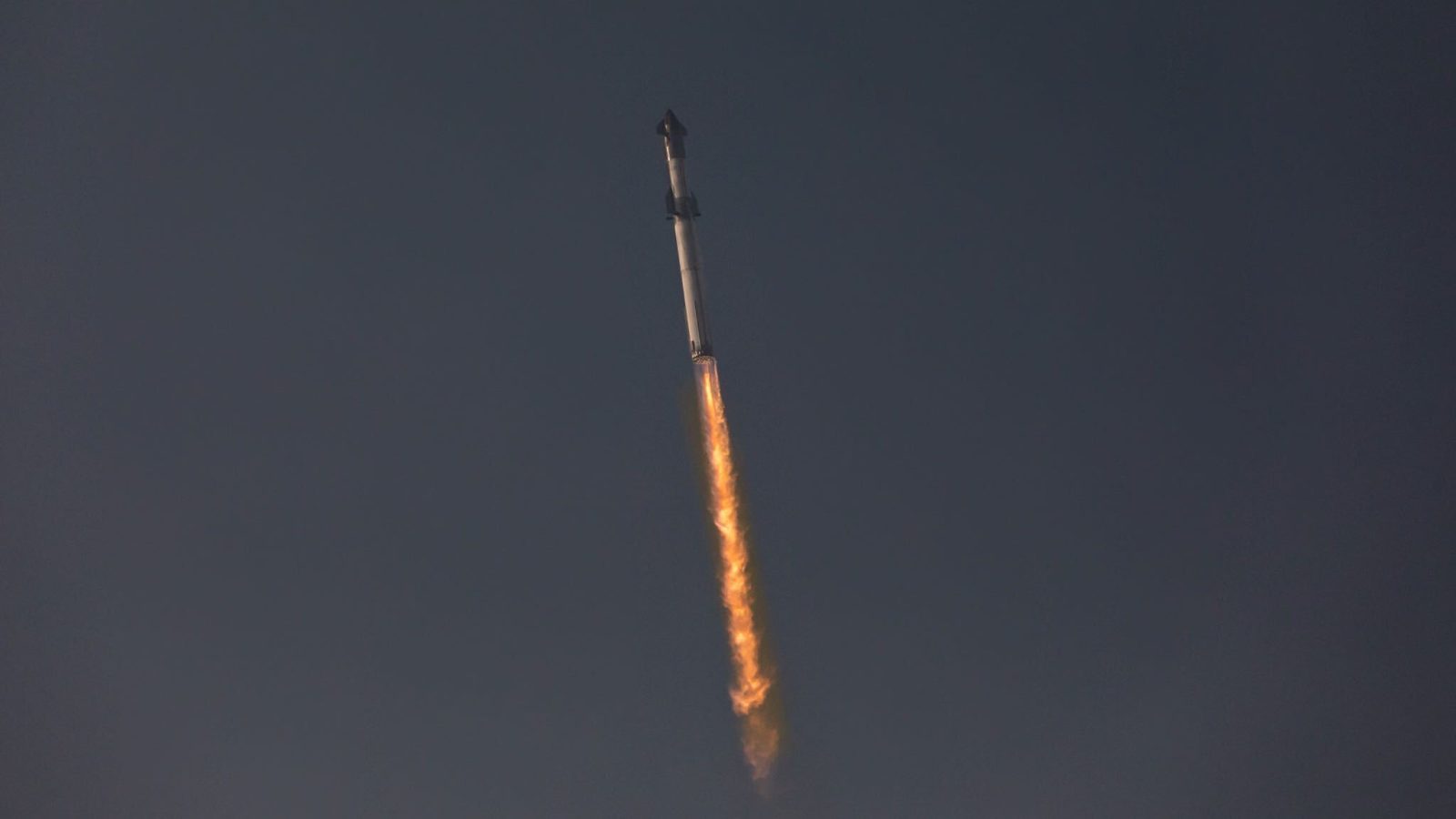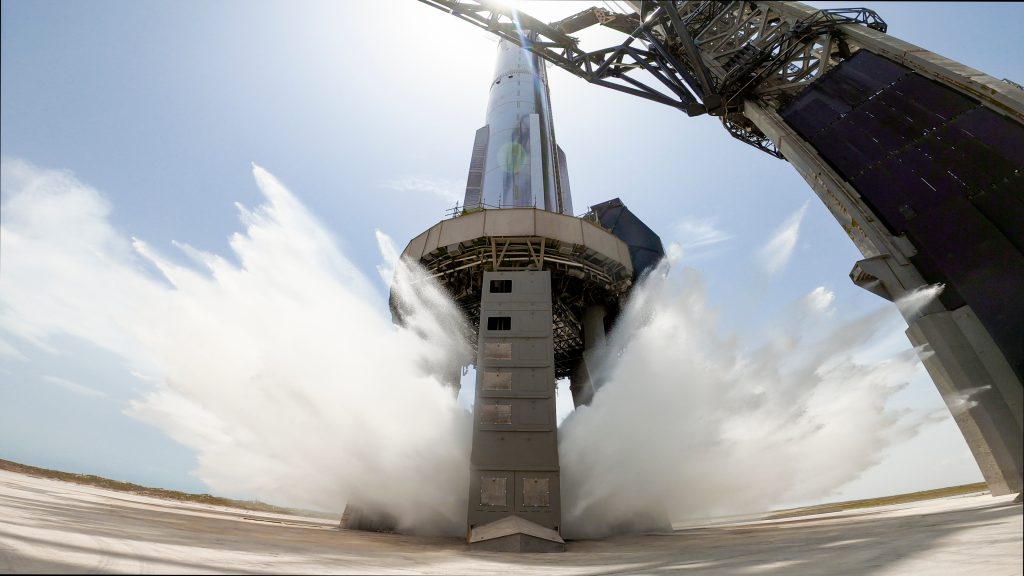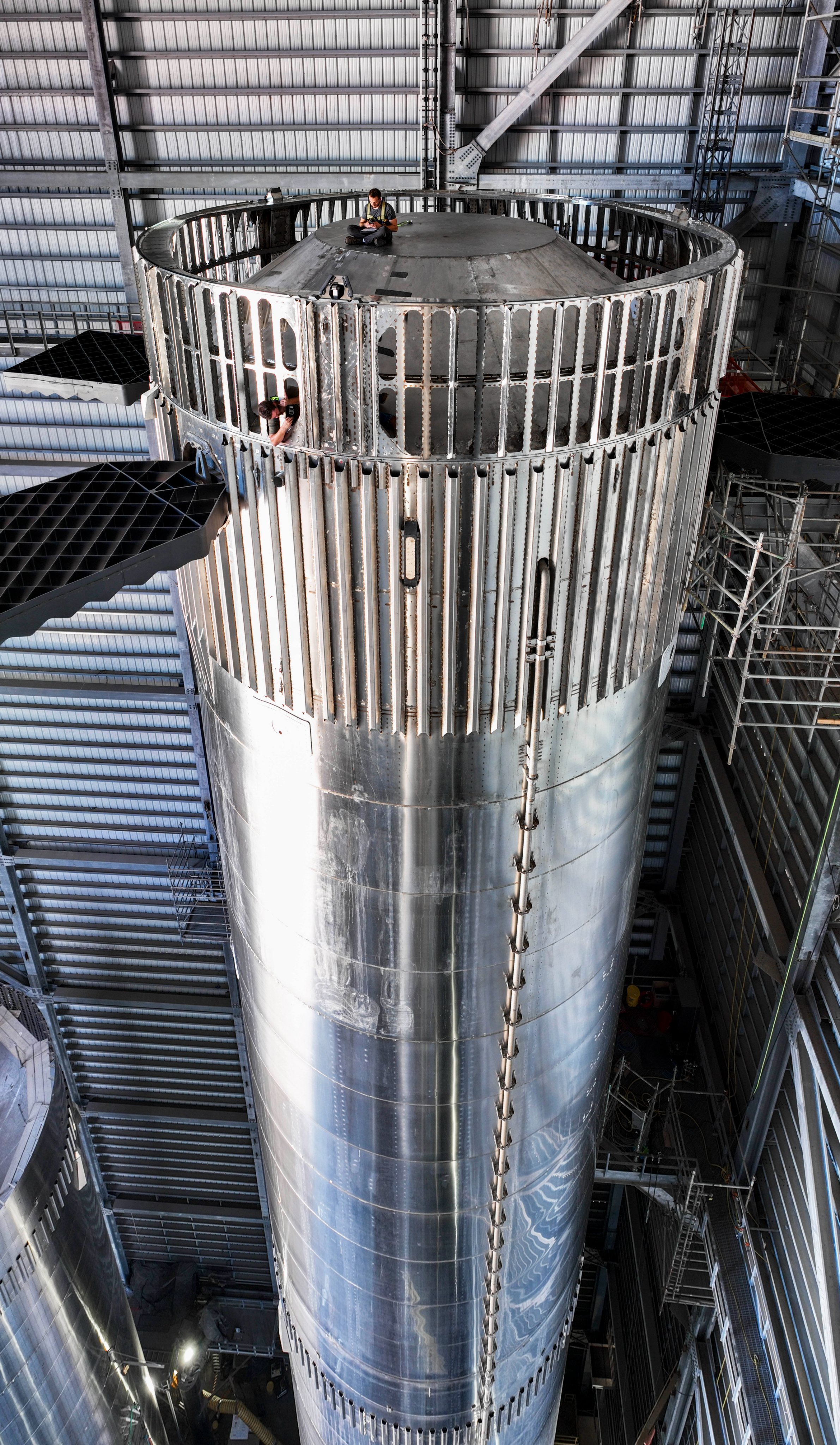
Back on April 20, SpaceX launched their Starship rocket from Boca Chica, Texas. The test was a major milestone for the program which had previously spent 4 years in development, starting in 2019. The launch used Starship vehicle ‘Ship 24’ and Booster 7 (also known as B7). Together the two vehicles launched into the Texan skies, where issues rapidly started developing. The issues eventually resulted in the vehicle entering an uncontrolled spin, whereafter the vehicle was remotely destroyed over the Gulf of Mexico.
As a result of the failure, there was an investigation into the failure led by the Federal Aviation Administration (FAA). You can read our article on the FAA’s report on the incident here. Shortly after the FAA released its information on the failure, SpaceX soon after posted an update on the failure. Detailing what went wrong. You can read their page on the incident here.
What Went Wrong?
The first issue SpaceX noted in their website’s update is that propellant had been leaking from the aft end of the booster. The leak resulted in fires that severed the connection between the engines and the vehicle’s flight computer. This means that the vehicle had no way to control the engines or use their ability to be angled (known as a gimbal) to adjust the vehicle’s position. The loss of control of the booster’s engines led to the loss of control of the vehicle.
SpaceX also reported that the Autonomous Flight Safety System (AFSS), an onboard computer that manages the Flight Termination System (FTS), did activate when the vehicle began to tumble and drift off of its planned course. SpaceX noted the time between activation of the FTS and the vehicle’s break up as an “unexpected delay”.
What Did SpaceX Say They Did To Fix This?
To prevent leaks on future flights, such as on the upcoming flight of Ship 25 and Booster 9, SpaceX has implemented ‘leak mitigations’ and has improved testing measures. SpaceX has also expanded the fire mitigation hardware present on the Super Heavy booster. Together these efforts aim to hopefully prevent the fires we saw on Starship’s first launch attempt.
A short list of other fixes that have been reported as implemented ahead of the next flight of Starship is below:
- Use of a ‘hot staging’ system between Starship and its Super Heavy booster, whereby Starship will fire its engines while attached to Super Heavy and push itself off of Super Heavy.
- The use of an electronic Thrust Vector Control system instead of the previous hydraulic system. This should have better reliability and resilience. Notable for having fewer failure points and requiring less power than a hydraulic system.
- Improvements and upgrades to the launch mount, which previously resulted in a crater when Starship launched previously. Work has been ongoing for several months since and recent static fires have not resulted in any significant pad damage since.


What Next?
From here, SpaceX will need to complete the 63 corrective actions required by the FAA. Once given the go-ahead, SpaceX can begin the next steps needed to get Starship onto its next test flight. The exact launch date is unknown. It all depends on when SpaceX can complete those steps and the FAA provides the necessary license.
When Starship does fly, the currently known flight plan looks identical to the previous. With Starship going into a low orbit and landing near Hawaii. The booster will also perform a soft landing into the Atlantic. Given the nature of their landings, neither vehicle will likely survive after splashdown meaning reuse will be difficult to achieve.
FTC: We use income earning auto affiliate links. More.

Comments